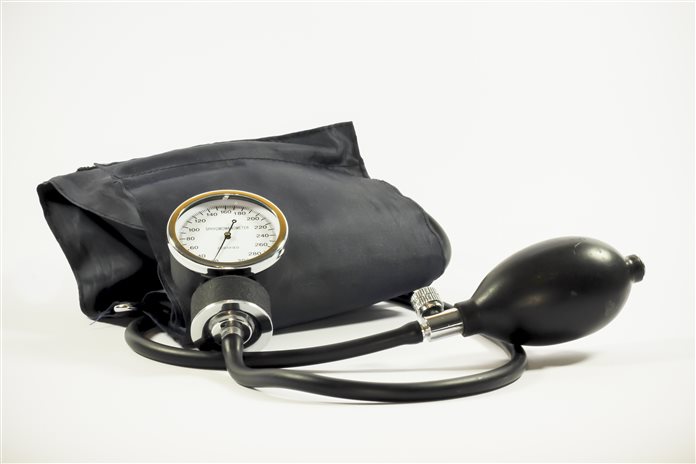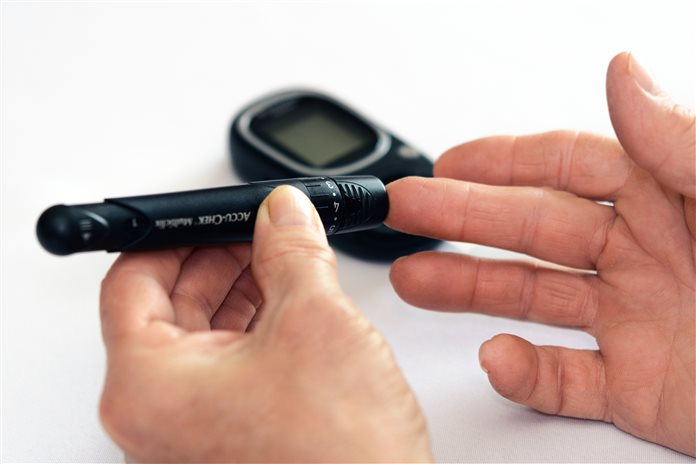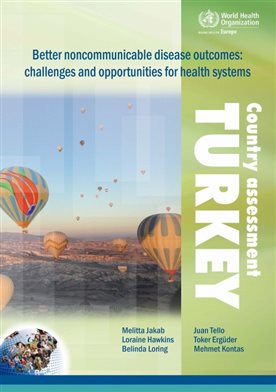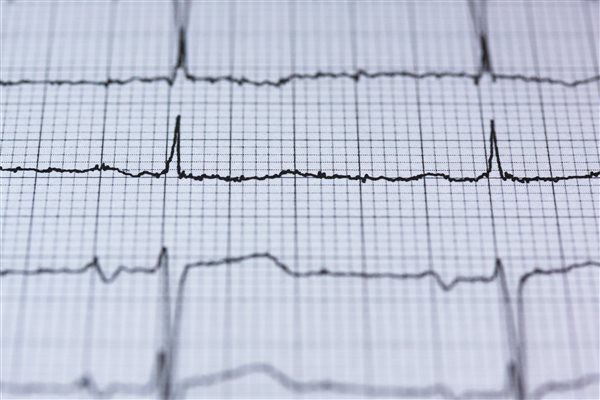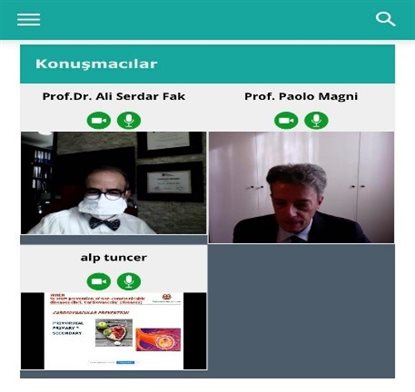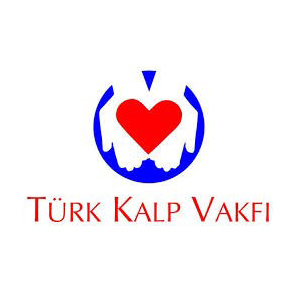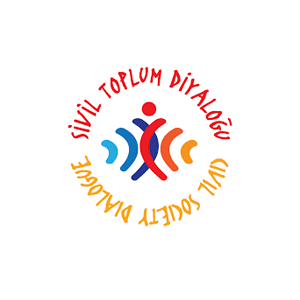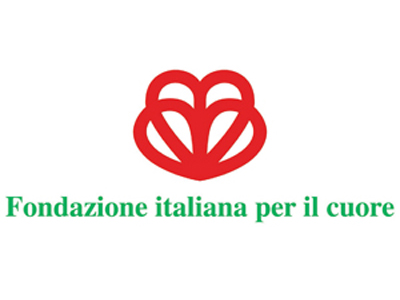KVH'YE GİRİŞ
Kardiyovasküler hastalık, kalbin kendisini ve / veya kan damarı sistemini etkileyen bir takım hastalıkları ifade eder.
Kardiyovasküler hastalıklar (KVH), Türkiye'de ve dünyada en önemli ölüm nedenidir. 2015 yılında Türkiye'de 157.000'den fazla ölüm KVH'ye atfedilmiştir.1
KVH riski yaşama erken başlar: fetal gelişim sırasında doğumdan önce başlayabilir ve çocukluk döneminde daha da ilerleyebilir.
Bazı faktörler, bir kişinin KVH geliştirme ve özellikle kalp hastalığı riskinde önemli bir rol oynar. Bu faktörlere risk faktörleri denir. Bazı risk faktörleri değiştirilebilir, tedavi edilebilir veya dtadil edilebilir ve bazıları olamaz.
Çocukluktan başlayarak olası risk faktörlerini kontrol etmek, çocuklarınızın bir yetişkin olarak kalp hastalığı geliştirme riskini azaltmaya yardımcı olacaktır.
KARDİYOVASKÜLER HASTALIK
Kardiyovasküler hastalık, kalbin kendisini ve / veya kan damarı sistemini etkileyen bir takım hastalıkları ifade eder.
Atardamarlarınızda (kan ve besin maddelerini organlarınıza taşıyan kan damarları) yağ materyali biriktiğinde kardiyovasküler bir hastalık meydana gelebilir. Bu sürece ateroskleroz adı verilir.
YÜKSEK TANSİYON
Kalp her attığında, kan damarlardan (atardamarlar) vücudun tüm bölümlerine pompalanır. Kan basıncı çok yüksekse, kan damarlarınız, kalbiniz ve onlara zarar veren diğer organlarınız üzerinde fazladan baskı oluşturur.
TİP 2 DİYABET MELLITUS
Kandaki şeker seviyesinin (glikoz) normalden yüksek olduğu yaygın bir durum. İnsülin hormonu kandaki glikoz miktarını kontrol etmekten sorumludur. Diyabet, vücut insülini doğru kullanmadığında veya üretmediğinde ortaya çıkar. Bu arterlere zarar verir ve kalp sağlığını riske atar.
YÜKSEK KAN KOLESTEROLÜ
Kanda çok fazla kolesterol olduğunda, arterlerin duvarlarında birikir ve ateroskleroz adı verilen bir sürece neden olur.
Kolesterol, yağ benzeri bir maddedir ve iki şekilde kanda dolaşır:
Düşük yoğunluklu lipoprotein (LDL veya "kötü" kolesterol) ve yüksek yoğunluklu lipoprotein (HDL veya "iyi" kolesterol). LDL, arter tıkanıklığının ana kaynağıdır. HDL aslında kolesterolü kandan temizlemek için çalışır.
Vücutta çok fazla LDL kolesterol ve çok düşük HDL kolesterol kalp hastalığı veya inme için risk faktörleridir.
SİGARA İÇME
Sigara içmek solunum problemlerine ve akciğer kanserine neden olmakla birlikte kalp ve kan damarlarını da etkiler. Gerçekten de, sigara içmek kalbinize, beyninize ve vücudunuzun diğer bölümlerine kan sağlayan damarları etkiler. Kanınızdaki oksijen miktarını azaltır ve kan damarı duvarlarına zarar verir.
Sigara içmek ayrıca düzensiz bir kalp ritmini tetikleyebilir ve inmenin önde gelen nedenleri olan kan basıncını artırabilir.
Sigara dumanı, sigara içenlerin etrafındaki insanlar için de kötüdür.
Başkalarından duman solumak (ikinci el duman veya pasif duman) hastalık riski yüksektir ve özellikle çocuklar ve bebekler için risklidir. Sigara dumanının, saç, elbise ve takım elbise, goblen ve evin diğer birçok yerinde bulunabileceğini unutmayın.
AŞIRI KİLO - OBEZİTE
Fazla kilolu veya obez olmak, çok fazla vücut yağına sahip olmak anlamına gelir. Aşırı vücut yağı kalbi zorlar ve kan basıncında, kolesterol seviyelerinde ve diyabet gelişme riskinde artışa neden olur.
Bazı insanlar için obezitenin nedeni oldukça basittir: egzersiz ve günlük yaşamda yaktıklarından daha fazla kalori alırlar. Obezitenin diğer nedenleri genetik, yaşlanma, cinsiyet, yaşam tarzı ve hastalık olabilir.
Bu nedenle, vücut ağırlığı uzun vadeli sağlık üzerinde büyük bir etkiye sahip olabilir.
FİZİKSEL HAREKETSİZLİK
Fiziksel olarak hareketsiz olmak, kalp hastalığına yakalanma riskini artırabilir. Fiziksel hareketsizlik, yüksek kolesterol, yüksek tansiyon, obezite ve diyabet gibi diğer kalp hastalığı risk faktörlerini geliştirme riskini de artırır.
Değiştiremeyeceğiniz faktörleri bilmek ve değiştirebileceğiniz faktörler üzerinde hareket etmek önemlidir.
Her gün sağlıklı seçimler yapın.
1
Page 1 of 1




